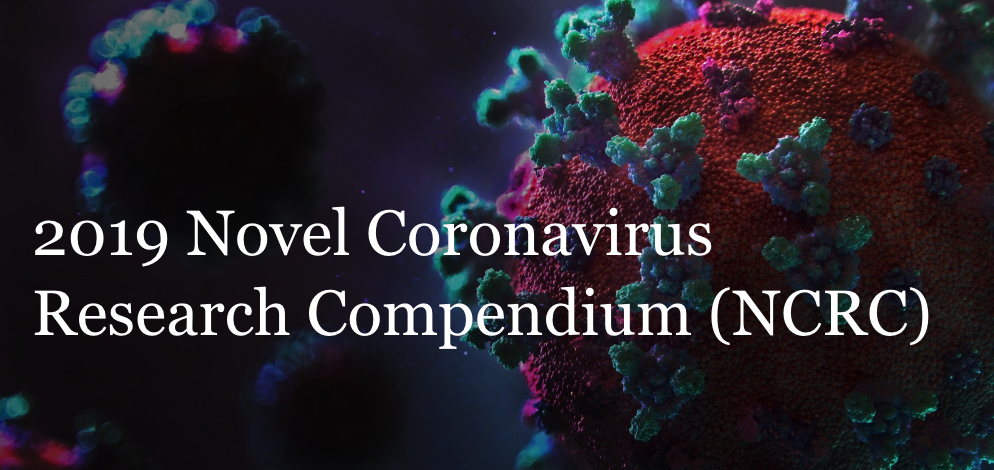Phylogenetic analysis of SARS-CoV-2 in Boston highlights the impact of superspreading events
This article has been Reviewed by the following groups
Discuss this preprint
Start a discussion What are Sciety discussions?Listed in
- Evaluated articles (ScreenIT)
- Evaluated articles (NCRC)
Abstract
One important characteristic of coronavirus epidemiology is the occurrence of superspreading events. These are marked by a disproportionate number of cases originating from often-times asymptomatic individuals. Using a rich sequence dataset from the early stages of the Boston outbreak, Lemieux et al. identified superspreading events in specific settings and analyzed them phylogenetically (see the Perspective by Alizon). Using ancestral trait inference, the authors identified several importation events, further investigated the context and contribution of particular superspreading events to the establishment of local and wider SARS-CoV-2 transmission, and used viral phylogenies to describe sustained transmission.
Science , this issue p. eabe3261 ; see also p. 574
Article activity feed
-

SciScore for 10.1101/2020.08.23.20178236: (What is this?)
Please note, not all rigor criteria are appropriate for all manuscripts.
Table 1: Rigor
Institutional Review Board Statement not detected. Randomization not detected. Blinding not detected. Power Analysis not detected. Sex as a biological variable not detected. Table 2: Resources
No key resources detected.
Results from OddPub: Thank you for sharing your data.
Results from LimitationRecognizer: An explicit section about the limitations of the techniques employed in this study was not found. We encourage authors to address study limitations.Results from TrialIdentifier: No clinical trial numbers were referenced.
Results from Barzooka: We did not find any issues relating to the usage of bar graphs.
Results from JetFighter: We did not find any issues relating to colormaps.
Results from rtransparent:- Th…
SciScore for 10.1101/2020.08.23.20178236: (What is this?)
Please note, not all rigor criteria are appropriate for all manuscripts.
Table 1: Rigor
Institutional Review Board Statement not detected. Randomization not detected. Blinding not detected. Power Analysis not detected. Sex as a biological variable not detected. Table 2: Resources
No key resources detected.
Results from OddPub: Thank you for sharing your data.
Results from LimitationRecognizer: An explicit section about the limitations of the techniques employed in this study was not found. We encourage authors to address study limitations.Results from TrialIdentifier: No clinical trial numbers were referenced.
Results from Barzooka: We did not find any issues relating to the usage of bar graphs.
Results from JetFighter: We did not find any issues relating to colormaps.
Results from rtransparent:- Thank you for including a conflict of interest statement. Authors are encouraged to include this statement when submitting to a journal.
- No funding statement was detected.
- No protocol registration statement was detected.
-
-

Our take
This study, available as a preprint and thus not yet peer reviewed, describes the early wave of SARS-CoV-2 in Boston using phylogenetic analysis of over 700 patient sequences from the first few months of the epidemic. At least eighty distinct introductions into the Boston area were identified, and rapid spread of the virus was associated with superspreading events that resulted in sustained local transmission as well as subsequent exported transmission outside of Boston. The study demonstrates that limiting international travel was not enough to curb COVID-19 transmission in the region and therefore highlights the importance of local interventions in preventing SARS-CoV-2 spread. As sampling during the early part of the epidemic was focused on capturing superspreading events, their role may be over-represented, and …
Our take
This study, available as a preprint and thus not yet peer reviewed, describes the early wave of SARS-CoV-2 in Boston using phylogenetic analysis of over 700 patient sequences from the first few months of the epidemic. At least eighty distinct introductions into the Boston area were identified, and rapid spread of the virus was associated with superspreading events that resulted in sustained local transmission as well as subsequent exported transmission outside of Boston. The study demonstrates that limiting international travel was not enough to curb COVID-19 transmission in the region and therefore highlights the importance of local interventions in preventing SARS-CoV-2 spread. As sampling during the early part of the epidemic was focused on capturing superspreading events, their role may be over-represented, and transmission dynamics on lower prevalence communities may differ from those presented.
Study design
case-series
Study population and setting
The study investigates the introduction, spread, and epidemiology of COVID-19 in the Boston, Massachusetts area. The study includes 778 SARS-CoV-2 genomes collected from 772 individuals between January 29 and April 18, 2020. These 772 patients represent almost all of the confirmed cases in Massachusetts between the beginning of the outbreak and March 8, 2020, and also includes patients from some of the highest-prevalence communities in Boston during this first wave. This dataset also includes patients from suspected superspreading events, including an international conference, a homeless shelter, and staff within a skilled nursing facility.
Summary of main findings
The researchers identified a total of 80 introductions of SARS-CoV-2 into the Boston area, from Asia, Europe and from the within the United States. Phylogenetic analysis also revealed that the first known COVID-19 case in Boston—a traveler returning from Wuhan, China—clustered with other sequences from China but no other sequences from Massachusetts. They concluded that this suggests that rapid detection and contact tracing were able to prevent this first case from spreading within the community. The study also shows that the majority of cases in the Boston area resulted from local transmissions associated with superspreading events including an international business conference, a homeless shelter, and a skilled nursing facility. A viral lineage associated with the conference was subsequently exported to several US states and several other countries. The viral lineage from the conference was also associated with the majority of sustained local transmission in Boston, as well as some community spread in Virginia, Michigan, and Australia.
Study strengths
The authors used full genome sequences to show that the superspreading events at conferences and congregate facilities (including nursing homes and shelters) were responsible for the majority of SARS-CoV-2 cases in Boston. The sequences had a strong phylogenetic signal, which allowed the authors to have high confidence in the transmission analyses based on phylogenetic data.
Limitations
Sampling for this study was non-random, and instead focused on capturing suspected superspreading events and patients from known high-prevalence communities. Therefore, the role of superspreading events may be over-represented, and transmission dynamics in lower-prevalence communities may differ from the conclusions presented.
Value added
The study provides evidence for the role of superspreading events in the transmission of SARS-CoV-2 in Boston, and the subsequent spread of the virus to other US states and abroad. The researchers demonstrate that closing down international travel was not enough to stop the spread of the virus as most of the transmissions were from domestic travel and community transmissions.
-


